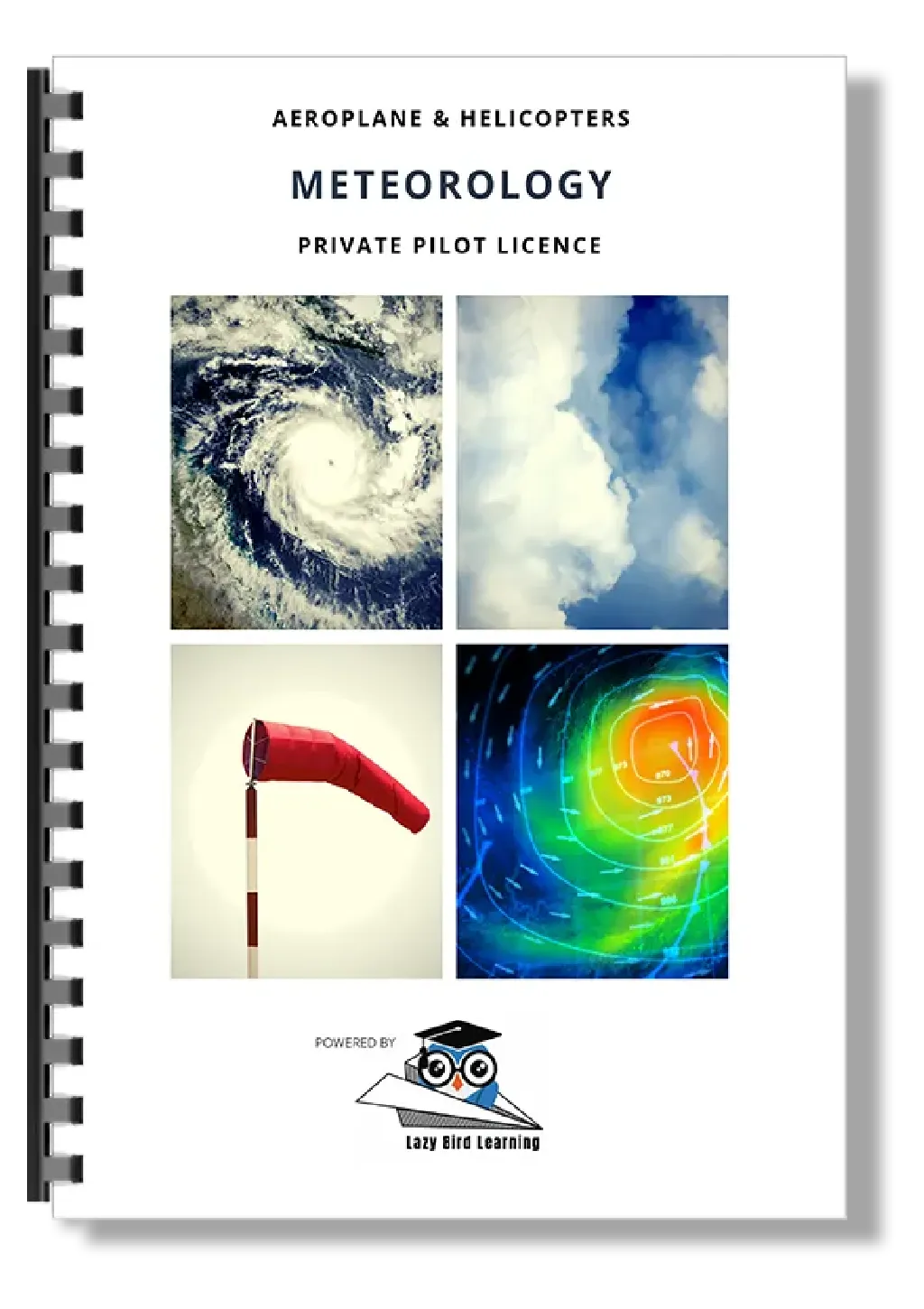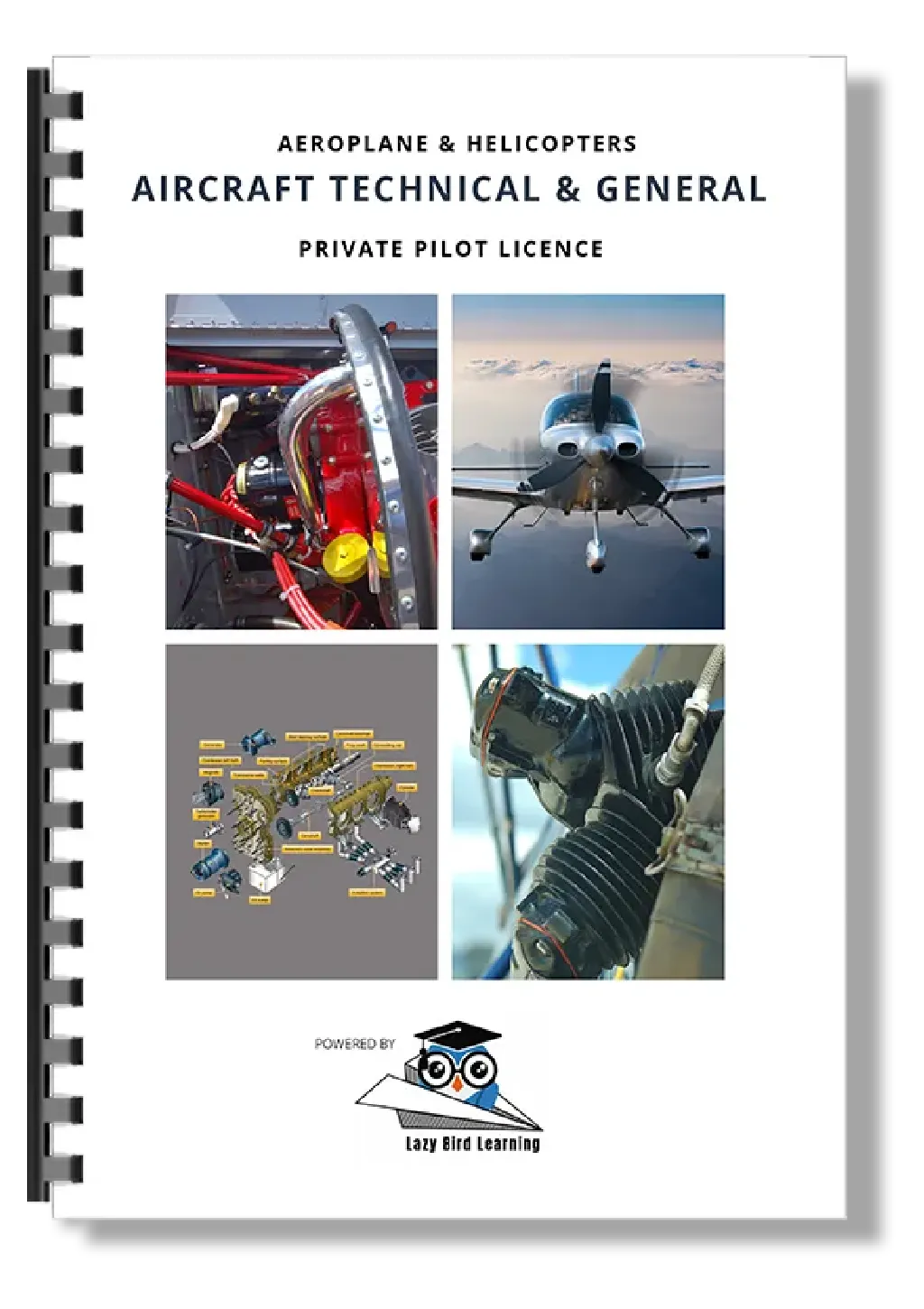What makes some pilots safer than others?
According to a study conducted by Flight Safety Foundation, as published in Bulletin Vol.48 No.8, three “Critical Success Factors” were found to produce the Excellent Pilot. They are:
- An Intimate Knowledge of the Job
- A professional attitude embracing continual skepticism, time-dependent situational awareness and conservative response to a challenge – elements of Human Factor Training.
- The development and use of SOP’s.
Highly successful aviators have pride in thorough knowledge of their business – much more than the minimum required for a training cycle or check-ride. They spend time reading and reviewing and are very familiar with proper operating procedures and techniques. They are also well versed in policies and procedures.
THESE PILOTS ARE STUDENTS OF AVIATION AND THIRST FOR MORE KNOWLEDGE.
These pilots make mistakes but they are found to be fewer, less serious and more quickly discovered and corrected than those made by other pilots.
In essence, the best decisions seem to be made by those pilots who know their jobs the best. When important information is lacking, the results can be disastrous.
“Knowledge is power” – but in aviation, knowledge is safety!
A further analysis of NTSB accident reports reveals that every crew-preventable accident occurs because of the failure of the flight crew to adhere to one or more of the critical success factors.
The question now becomes – where does a pilot obtain the information in order to make him/herself safer? The answer – never stop learning, both in the air and in the classroom, with equal importance.
The Killing Zone: How and Why Pilots Die, written by Paul A. Craig, provides insight to the likely traps that pilots will fall into. These include:
- Continued VFR flight into IMC
- Flight in Density Altitude Conditions
- Fuel Management (and Mismanagement)
- Pilot Health, Drugs and Alcohol
- Icing and Management thereof
- Instrument Flight and CFIT
- Personality and Human Factors
- Hazards of Night Flying
- Runway Incursions and Collisions
- Mid-Air Collisions
Unfortunately, many of the finer details and contributing factors to these situations are either not linked to material or covered at all in the syllabus or the run-of-the-mill ground school.
One needs the guidance, expertise and explanations from an experienced instructor.
At Lazy Bird, we believe that a comprehensive manual, combined with an industry leading ground school, provide a significant portion of the essential knowledge required not only to pass the exams but to make a pilot safer!
“A good pilot uses good judgement to avoid situations that require the use of great piloting skills.”
Let us give you the knowledge to give you the best judgement!
References:
Flight Safety Foundation: Accident Prevention – Flight Safety Vol.48 No.8 August 1991


OUR RANGE
From Principles of flight all the way through to Air Law, each and every subject needs to be understood, to ensure that you are aware of everything that is happening to the aircraft during all the phases of flight. In addition, as your career progresses to the airlines/charter companies, most interview questions are based on this theoretical foundation. Gone are the days of learning questions and answers.
